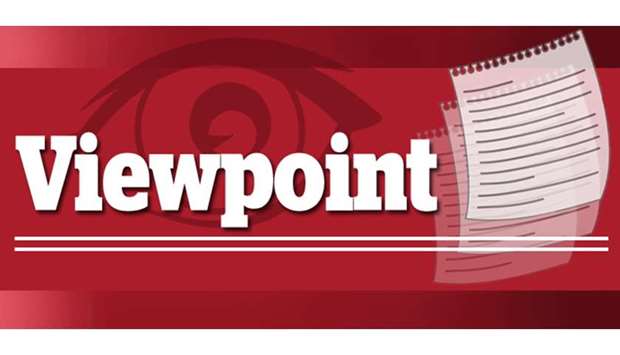Most Qatari banks are well capitalised, with the overall capital adequacy ratio standing at 15.6%, compared to the regulatory requirement of 12.5%.
The credit quality of Qatari bank assets remains strong at present, with non-performing loans (NPLs) equal to only 1.2% of total loans as reported by the IMF in January this year.
A recent study has shown that loan growth will remain robust in Qatar over the coming years, as government investment into infrastructure drives credit demand. That said, deposits will expand at a slower pace – increasing banks’ reliance on external funding.
Qatari loan growth will remain strong in the years ahead – averaging about 12% annually through to 2021 as major government investment into infrastructure fuels domestic credit demand.
Driving this trend will be strong public sector demand for credit, as Doha looks to fund major infrastructure projects linked to the 2022 FIFA World Cup and the Qatar National Vision 2030 diversification programme.
Given the small share of GCC deposits in the Qatari banking system – and the central bank’s strong fiscal buffers – BMI Research sees limited risks to overall stability from the ongoing diplomatic crisis in the region.
Nonetheless, challenges certainly remain for the country’s banking sector.
Deposit growth, which has slowed in recent years as lower energy prices have impacted hydrocarbon earnings, will continue to be outpaced by asset growth, leaving Qatari banks increasingly reliant on external sources of funding.
However, given still-strong macroeconomic fundamentals, the Fitch Group company expect Qatari banks to continue to be able to attract funding from outside the region over the coming quarters – particularly from Europe and Asia, with which financial ties are already strong.
Also, with public investment set to remain the primary driver of credit demand in Qatar over the coming years, banking sector profitability may remain under pressure. Interest rates on government securities, averaging 1.99% in 2016, are significantly lower than on private sector loans (5.95% in 2016).
Moreover, average time and savings deposit rates have increased in order to attract deposits amid declining liquidity – in turn causing the net interest margin to fall.
Analysts say the decline in oil and gas prices will continue to weigh on financial sector liquidity, forcing Qatari banks to rely more on external and wholesale funding.
Qatar’s adoption of Basel III standards, which has been phased-in from 2016 through the introduction of the net stable funding ratio and a new capital surcharge for systematically important banks, however, will continue to put pressure on banks to strengthen their capital positions.
The overseas expansion of the larger Qatari banks – primarily motivated by the small size of their domestic market – has increased the sector’s foreign currency exposure, a trend economists point out, will only solidify in future.
That said, open foreign exchange positions are largely in dollars (to which the Qatari riyal is pegged), which mitigates the risks overall.

